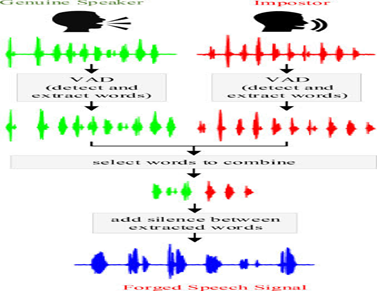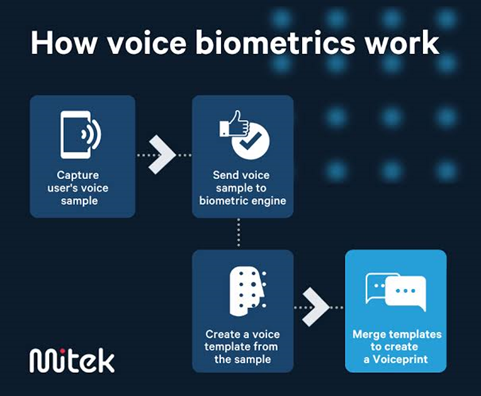Introduction
In the vast field of forensic science, voice analysis plays a critical role in unraveling mysteries and solving crimes. By examining the unique patterns and characteristics of an individual’s voice, experts can extract valuable information that aids investigations, identifies criminals, and ensures justice prevails. This article delves into the fascinating world of voice analysis and forensic examination, shedding light on the methods and applications that make it an indispensable tool in modern criminal investigations.
Understanding Voice Analysis
Voice analysis, also known as speaker recognition or voice forensics, is the process of studying and evaluating a person’s vocal patterns to determine their identity or emotional state. Every individual possesses a distinct voice, influenced by factors such as vocal cords, pronunciation habits, and speech patterns. Advanced technologies and software analyze the acoustic properties of the voice, including pitch, frequency, tone, and accent, to create a voiceprint unique to each individual.
Applications of Voice Analysis in Forensic Examination
2.1. Speaker Identification
One of the primary applications of voice analysis in forensic examination is speaker identification. When law enforcement agencies or legal authorities have audio evidence with an unknown speaker, voice experts can compare it with known voice samples to identify potential suspects or witnesses. This analysis is crucial in cases where traditional methods might not provide conclusive evidence.
2.2. Audio Authenticity and Tampering
Voice forensics can also determine the authenticity of audio recordings and detect signs of tampering or manipulation. This is especially relevant in cases where criminals attempt to falsify or distort audio evidence to mislead investigations.
2.3. Emotional State Analysis
Experts can extract emotional cues from speech using voice analysis. This information can be essential in understanding the psychological state of individuals during a specific event, such as identifying stress or deception, which can be instrumental in evaluating witness testimony.
2.4. Language and Dialect Analysis
Voice analysis is invaluable in deciphering the origin, language, and dialect of an unknown speaker. This can aid in locating suspects or witnesses in cross-border investigations and cases involving linguistic challenges.
Voice Analysis Techniques
3.1. Spectrographic Analysis
Spectrographic analysis involves visualizing and studying the spectral components of audio signals. By examining the frequencies and amplitudes present in a voice recording, experts can identify unique patterns and create visual representations called spectrograms. These representations are instrumental in comparing voice samples and identifying characteristics that differentiate speakers.
3.2. Automated Speaker Recognition
With the advancements in artificial intelligence and machine learning, automated speaker recognition systems have become more prevalent. These systems use algorithms to analyze voice samples and create voiceprints, which are then compared against known voice databases for identification.
3.3. Voice Biometrics
Voice biometrics employ statistical algorithms to verify an individual’s identity based on their voice characteristics. This technology is widely used in security systems, call centers, and mobile devices for authentication purposes.
Limitations and Challenges
While voice analysis is a powerful tool in forensic examination, it is not without limitations and challenges. The accuracy of voice analysis heavily depends on the quality of the audio evidence, background noise, and the expertise of the analyst. Variability in vocal patterns due to physical or emotional changes can also impact results.
Additionally, the legal acceptance of voice analysis as evidence varies across jurisdictions. Courts may require stringent validation of the methodology and expertise of the analyst before considering voice analysis as admissible evidence.
Conclusion
 |
| 2.1 speaker identification |
Voice analysis and forensic examination have proven to be invaluable assets in modern criminal investigations. By leveraging the unique characteristics of an individual’s voice, experts can unravel mysteries, identify suspects, and ensure justice is served. As technology continues to advance, voice analysis will undoubtedly play an even more significant role in the pursuit of truth and the preservation of law and order. However, it is crucial to strike a balance between embracing new methodologies and acknowledging the limitations and challenges to ensure its accuracy and reliability in the legal system.
Muthuraj
Volunteer-AFRS








